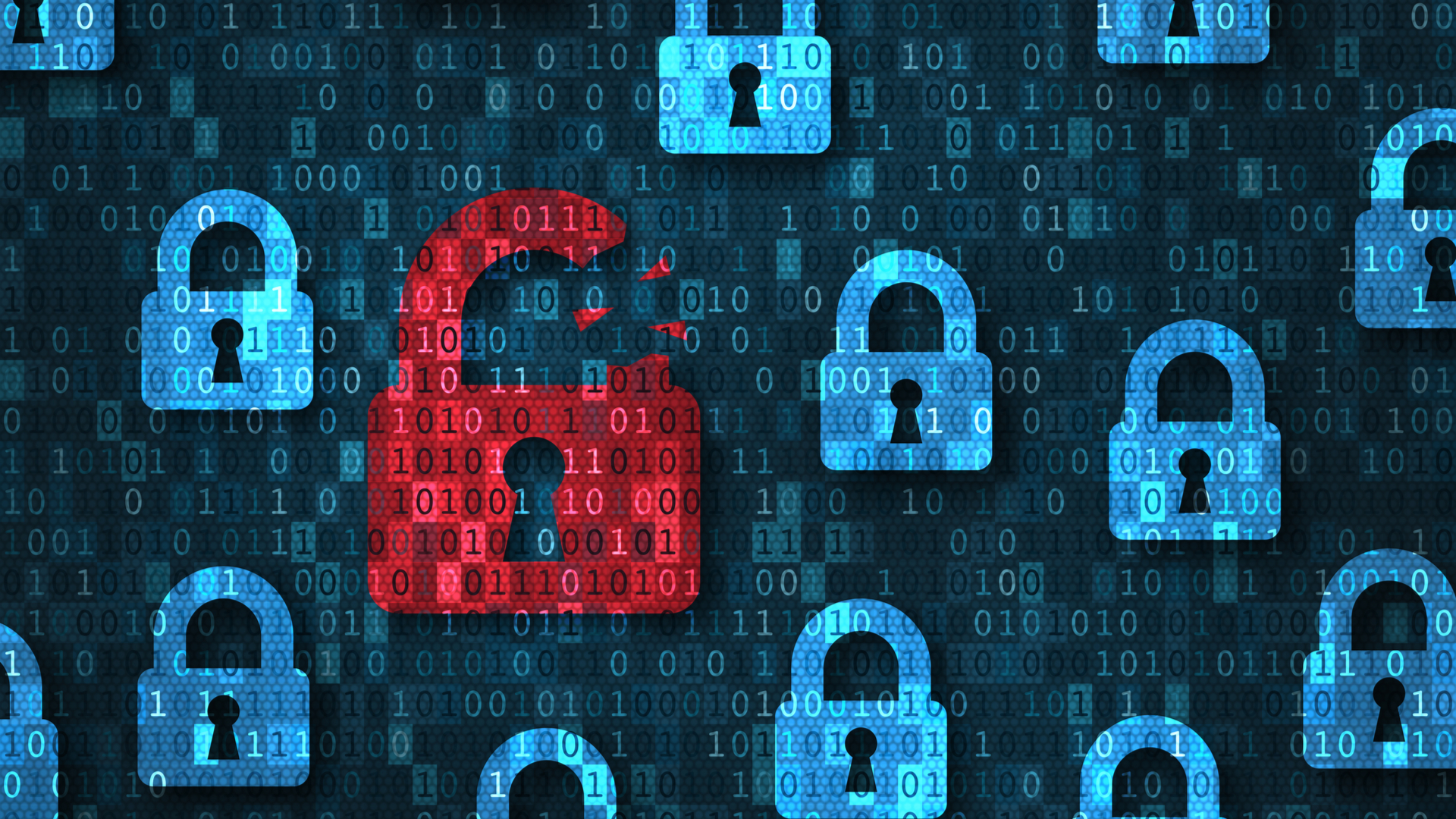FBI warns of "sophisticated" LockBit 2.0 ransomware
Bureau warns of fast, automated organization-wide encryption capability


The FBI has issued a warning about LockBit 2.0, a popular ransomware strain that emerged last summer with more sophisticated capabilities than its predecessor.
LockBit's authors updated it to automatically encrypt devices across Windows domains by abusing Active Directory group policies, the FBI said in an advisory on Friday. This enables it to trigger encryption with a single command, according to an analysis from security company Cybereason.
The ransomware uses bitwise operations for its encryption, which are bit-level operations directly supported by the processor.
The criminal gang behind LockBit 2.0 have also begun advertising for insiders to help them gain access to victims' networks by promising them a cut of the profits, according to the FBI advisory. Finally, the group developed a piece of Linux malware targeting VMware ESXi virtual machines.
LockBit 2.0 operates on an affiliate model, with separate groups paying a fee to the authors for its use. Consequently, each group's usage techniques vary. Alongside the new insider access approach, the FBI has seen perpetrators buy access to compromised systems from initial access brokers and target systems with unpatched capabilities, it said.
Once inside a network, the FBI has seen perpetrators escalate privileges using the Mimikatz password-stealing tool. They then often use StealBit, a custom data exfiltration tool included in LockBit 2.0, to steal data before the ransomware encrypts it. They typically select from a range of independent file sharing services.
In a sign that multi-factor authentication is becoming increasingly crucial, the FBI advised its use "to the extent possible" in its list of mitigations. It also recommended the use of strong passwords for those with password logins, software patching, and a host-based firewall. Administrators should enable protected files in Windows and remote unnecessary access to administrative shares, it added.
Sign up today and you will receive a free copy of our Future Focus 2025 report - the leading guidance on AI, cybersecurity and other IT challenges as per 700+ senior executives
Time-based access is also a useful method to protect administrative accounts, the advisory said. This locks admin accounts until needed, unlocking them only in response to individual requests, and only for a limited time.
LockBit 2.0 was the busiest ransomware group in the third quarter of 2021, according to a report by security company Digital Shadows.
Danny Bradbury has been a print journalist specialising in technology since 1989 and a freelance writer since 1994. He has written for national publications on both sides of the Atlantic and has won awards for his investigative cybersecurity journalism work and his arts and culture writing.
Danny writes about many different technology issues for audiences ranging from consumers through to software developers and CIOs. He also ghostwrites articles for many C-suite business executives in the technology sector and has worked as a presenter for multiple webinars and podcasts.
-
 Trump's AI executive order could leave US in a 'regulatory vacuum'
Trump's AI executive order could leave US in a 'regulatory vacuum'News Citing a "patchwork of 50 different regulatory regimes" and "ideological bias", President Trump wants rules to be set at a federal level
-
 TPUs: Google's home advantage
TPUs: Google's home advantageITPro Podcast How does TPU v7 stack up against Nvidia's latest chips – and can Google scale AI using only its own supply?
-
 15-year-old revealed as key player in Scattered LAPSUS$ Hunters
15-year-old revealed as key player in Scattered LAPSUS$ HuntersNews 'Rey' says he's trying to leave Scattered LAPSUS$ Hunters and is prepared to cooperate with law enforcement
-
 The Scattered Lapsus$ Hunters group is targeting Zendesk customers – here’s what you need to know
The Scattered Lapsus$ Hunters group is targeting Zendesk customers – here’s what you need to knowNews The group appears to be infecting support and help-desk personnel with remote access trojans and other forms of malware
-
 Impact of Asahi cyber attack laid bare as company confirms 1.5 million customers exposed
Impact of Asahi cyber attack laid bare as company confirms 1.5 million customers exposedNews No ransom has been paid, said president and group CEO Atsushi Katsuki, and the company is restoring its systems
-
 The US, UK, and Australia just imposed sanctions on a Russian cyber crime group – 'we are exposing their dark networks and going after those responsible'
The US, UK, and Australia just imposed sanctions on a Russian cyber crime group – 'we are exposing their dark networks and going after those responsible'News Media Land offers 'bulletproof' hosting services used for ransomware and DDoS attacks around the world
-
 A notorious ransomware group is spreading fake Microsoft Teams ads to snare victims
A notorious ransomware group is spreading fake Microsoft Teams ads to snare victimsNews The Rhysida ransomware group is leveraging Trusted Signing from Microsoft to lend plausibility to its activities
-
 Volkswagen confirms security ‘incident’ amid ransomware breach claims
Volkswagen confirms security ‘incident’ amid ransomware breach claimsNews Volkswagen has confirmed a security "incident" has occurred, but insists no IT systems have been compromised.
-
 The number of ransomware groups rockets as new, smaller players emerge
The number of ransomware groups rockets as new, smaller players emergeNews The good news is that the number of victims remains steady
-
 Teens arrested over nursery chain Kido hack
Teens arrested over nursery chain Kido hacknews The ransom attack caused widespread shock when the hackers published children's personal data
